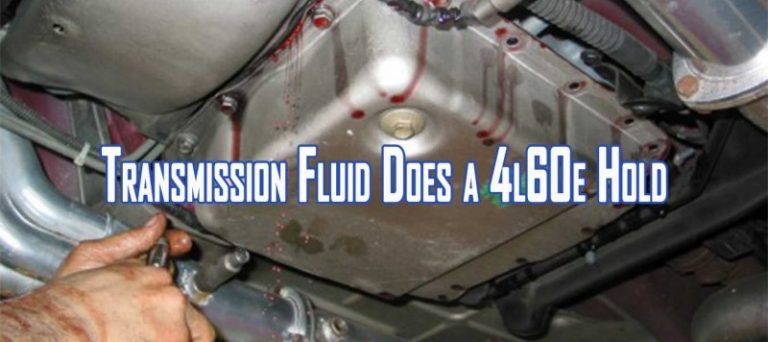

In most cases, a failing 4l60Ee transmission makes shifting into second gear rather tricky. After that, you can remove the snap ring and gently tuck it on the planetary gearset to get it out. Then you remove the input ring gear so that you can check out the drive shell.įurthermore, the shell is supposed to be one piece, but it is not uncommon to strip out the splines. You can start by opening the cover and remove the drums. You might ask yourself, why is my 4l60e transmission slipping? One of the 4l60e common problems includes the inability to shift to reverse or second gear. If you keep trying to drive without 3rd gear, expect to lose all forward gears shortly after losing third. In the transmission compartment, hydraulic pressure constantly blows around it and causes the clutch pack to fry.

The positions of the 3-4 pack have rubber seals that shrink from age and heat. Why does this happen, and what is the cause? This is one of the most common 4l60e problems, and it typically comes down to a 3-4 clutch pack failure. It is common to notice RPMs increasing as you attempt to keep driving, but speed is unchanged. One day you put the vehicle in drive, and it’ll shift to second gear smoothly, then all of a sudden, when you expect third gear, it goes nowhere and seems like it’s stuck in neutral. The difficult thing about losing third gear in your 4l60e is that it comes out of nowhere. No Third GearĪ 4l60e with no third gear is a common issue that many encounter, especially in heavier vehicles or those that endure more stress than others, such as in race or towing applications. Here of some of the most common symptoms on how to tell if 4l60e is bad or problematic. When it comes to keeping you 4l60e running long term, there are plenty of things you can do to prevent wear and tear, but over time things start to fail and cause issues. Like with any other transmission, the 4l60e transmission has its own set of common problems you could encounter. If you try putting that initial 8 quarts in without starting the engine after the first 4, it will most likely puke fluid out the vent/overflow.As many of us know, the 4l60e can be reliable, or the complete opposite, and it seems like this at times is luck of the draw. You can leave the engine running and add fluid until you get the correct reading on the dipstick. Then dump another 4 quarts in it and start the engine again. After that initial 4 quarts, start the engine for 3 seconds and then shut it off. Get everything bolted in and then dump 4 quarts down the dipstick tube. This is how I was taught 24 years ago, and it always works.
4L60E TRANSMISSION FLUID AND FILTER CHANGE INSTALL
It's OK to install the converter dry as long as you follow a specific fill procedure. There's nothing wrong with that, but it can make the job a little more messy while trying to install it. Some prefer to pre fill their torque converters. Many people ask about the proper fill procedure for a freshly built trans. These figures depend on how much it has drained down, how long it's been sitting, and the pan depth. A 4L60E will take 4-6 quarts on a fluid and filter change. If you use a smaller diameter converter, it will take less. If you add an auxillary cooler, it will take more. A dry 4L60E with a new 12" converter will hold between 12-13 quarts of fluid, on average.


 0 kommentar(er)
0 kommentar(er)
